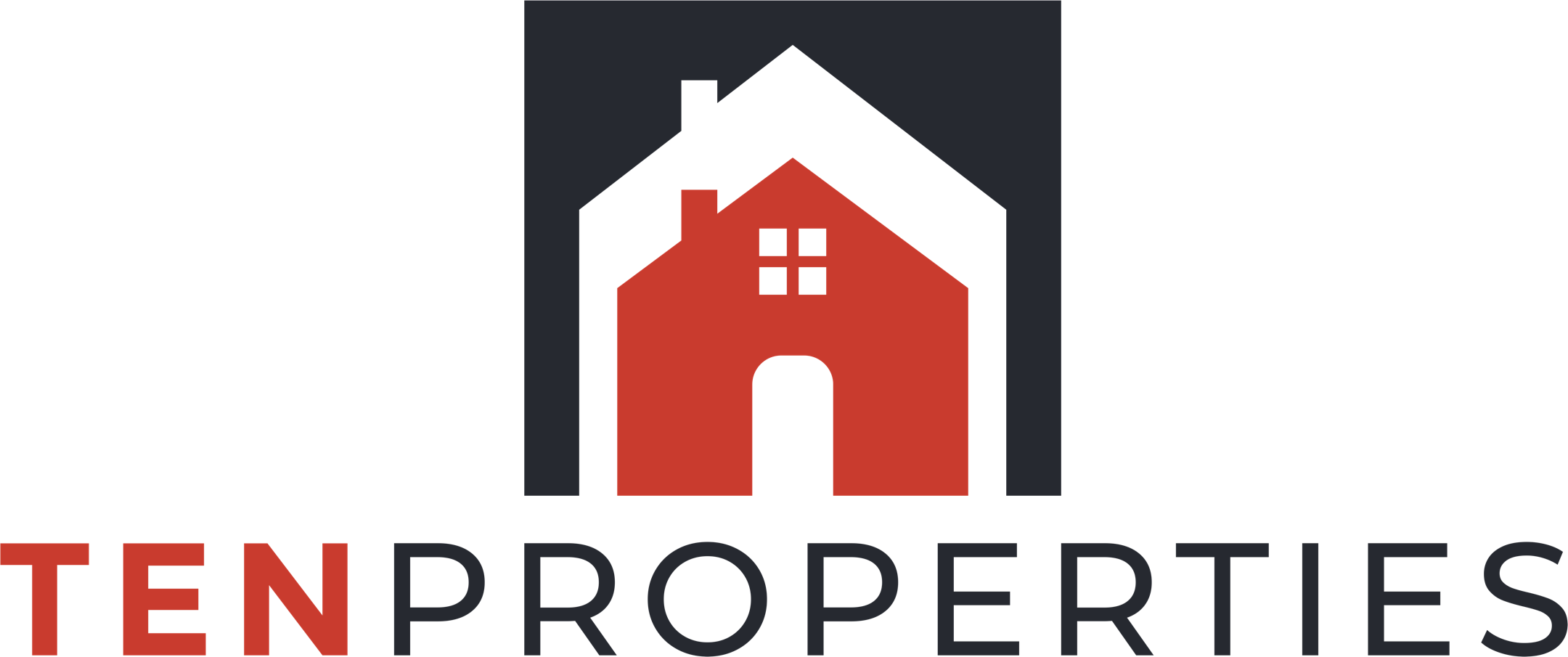Absolutely, but it’s different than with re-sales. Most builders won’t budge on base price, as it lowers the Average Selling Price (ASP) of the neighborhood, which can devalue the community. Most new communities have an HOA, which will oftentimes impose restrictions on builders as to the price, type, size, and number of houses that can be built. They can also restrict the number of investors that they are allowed to sell to. While this can feel annoying to buyers, it’s ultimately in the buyer’s best interest as it makes for a solid new community.
Given that base price is generally non-negotiable, the key to lowering your overall price comes down to options and upgrades. These are the non-standard features the builders throw onto the base price of a house to get you to pay more for the home and net them a better profit. The margins on these are significantly higher than the house itself, and some of the most expensive ones tend to be elevations and lot premiums. Elevations are the outward appearance of the house and can add a significant cost to the overall price. Basic elevations tend to be more plain with the hopes that you’ll pay more for a nicer “look”. The key to negotiation is knowing that while the builder may charge $15k for an elevation plan, in reality it costs them very little money to actually do it. It’s the same with lot premiums. In aggregate, lot premiums do compensate builders for spacing houses out, which means less overall revenue from houses. However, on an individual sale (your sale), the lot premium is essentially a free cost to the builder.
Spec-homes vs. To-be-builts
A spec-home is a pre-started (or finished) home that the builder built in advance of any order. They typically add several features, including pricier elevations, and are speculating (hence the word “spec”) that buyers will like not having to wait, enabling the builder to move product (and gain revenue) faster. Spec homes have higher negotiating potential because the builder is already invested in the home and every day it sits vacant it is costing them money. They therefore have an added incentive to sell it.
To-be-builts are just that… you pick a lot, pick a plan, and pick your options and upgrades. In this case, the builder hasn’t started yet, so they have no cash outlay they are waiting to recoup. That being said, buying a to-be-built is still money they wouldn’t have received had you not bought in the first place, so they still do want to sell it to you. You don’t get the added negotiation potential as you do with spec homes, but it is definitely still possible.
Recommended negotiable features
I recommend negotiating features in this order, which give you the highest return with the lowest builder cost. If some are already included in the base price of the house, even better.
- Lot premium
- Elevation charge
- Concrete pours – Patio pads, extra driveway, etc. Anything they can pour with the foundation costs them very little to do, but is an expensive upgrade for you
- Lighting – Recessed lighting, decora switches, under cabinet lights, etc
- Counter/bathroom surfaces – Granite, quartz, etc
- Wet-area configurations – Dual sinks, walk-in shower, tile, etc.
- Flooring surfaces – Wood/tile vs. carpet, etc
- Covered patio
- Fridge, washer, and dryer
Negotiation strategy
On a spec home, ask the builder’s agent for the list of all installed options on the home, which typically range from 1-10% of the base price of the house. Offer the base price plus one small feature you actually care about. Tell the agent that you don’t really want any of the other features and are happy to pick out a to-be-built without them. This shows good-faith that you aren’t just trying to be cheap, but also shows them that you wouldn’t have bought those features anyways, so there isn’t wasted opportunity cost for them.
On a to-be-built, ask the builder’s agent for the list of possible additional options and prices. Pick out a set you actually care about and order them as above. Offer the base price plus one feature you actually care about then add in your top additional options as no-charge. Again, this shows good-faith that you aren’t just trying to be cheap, but also shows where you draw the line. I like to ask for 3, then be OK with 2. It’s a delicate balance as you always want to ask for more than what you expect to get (it’s a negotiation, remember), but you also want your offer to be respectable or it won’t even be considered.
Lastly, I like to word my offers without a question. In other words, don’t say: “Can you take $xx off the price?”. Instead, try wording your offers with actionable results. I like to say: “If you can do the following (and give them a list), then I will sign and deposit today”. This way it’s very clear… If they do something, then you do something. And as always… talk with your REALTOR® before signing anything. A good real estate agent will have experience in this and can even negotiate on your behalf.





